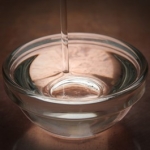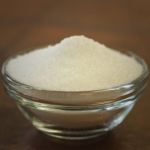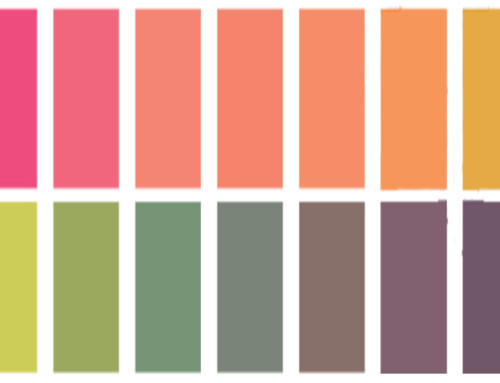After last week’s blog post, we were interested in learning more about acidity in wine, so we turned to the experts at BSG Handcraft. BSG Handcraft supplies the home fermentation industry and small commercial producers with select ingredients and supplies from around the world.
They continue to search the globe for new and interesting beer, wine-making, mead making, cider making and other home fermentation products to bring to market. Whether it’s homebrewing starter kits for beginners, exclusive specialty malts for the all-grain brewers, season wine kits, or commercial volume grape juice, they have the range of products and knowledge to be a one-stop shop.
Today, BSG Handcraft has shared with us their knowledge on acidity in wine, so let’s see what they have to say.
Acidity and pH
Acid levels and pH are crucial factors in grape and wine production. While these two are related, there is no simple correlation between them. Generally, the higher the acidity, the lower the pH. These are important in relation to both sensory and chemical characteristics. In grapes, acid levels start high and drop starting at véraison while the pH generally increases during the same period. Finding the right acid level along with sugar level is crucial in deciding when to harvest.
Types of acid present
 The main acids present in grapes and wine are Tartaric and Malic, with other acids present at much lower concentrations. Lactic acid can also be an important component, depending on the wine. Most reds and some whites go through malolactic fermentation, which converts Malic acid to Lactic acid.
The main acids present in grapes and wine are Tartaric and Malic, with other acids present at much lower concentrations. Lactic acid can also be an important component, depending on the wine. Most reds and some whites go through malolactic fermentation, which converts Malic acid to Lactic acid.
Importance in winemaking
Total, or titratable, acidity and, more importantly, pH are right up there with sugar and alcohol in impact on winemaking. Both should be measured and understood in order to make good, technically sound wine. That being said, pH arguably has a greater impact on winemaking as it has a greater impact on sensory characteristics and microbial stability.
Wine pH generally ranges from 2.8 on the low end to 3.9 on the high end. Generally, white wines tend to have lower pH and red wines have a higher pH. This results from the specific grape character, ripeness, and changes occurring during winemaking. Certain yeasts as well as malolactic bacteria can significantly raise the pH of wine. The generally accepted level for wines going to barrel before malolactic fermentation is 3.45 or lower, as this usually results in no significant increase in pH.
The pH also has a significant impact on the effectiveness of SO2 as an antioxidant and antimicrobial, with lower values increasing proportion of SO2 that is effective in this role. With higher pH wines, especially 3.8 and above, the risk of spoilage bacteria and yeast, such as Brettanomyces, increases significantly.
Impact on sensory characteristics

Wines with a low pH, such as cool climate whites like Riesling, typically are described as fresh, bright, and maybe acidic. These wines sometimes have residual sugar, which can act to balance out the sensation of acid in the mouth.
White wines with higher pH tend to feel more round, soft and rich, like a typical California Chardonnay. Red wines with more acidity present, like Pinot Noir or Gamay, tend to be lighter bodied. This works to enhance the sensation of tannins, in which these wines tend to be on the light side.
On the other side, higher pH reds, such as Australian Shiraz of Napa Cabernet, tend to be bold, rich, and soft. The big tannins in these wines tend to match well with a lower pH, so the wines don’t taste harsh and overly tannic.
Anyone interested in winemaking must have a solid grasp of both acid and pH to have a good idea of how these impact winemaking and wine sensory characteristics. It certainly helps anyone trying to make wine to be able to test and adjust acid levels in order to make the best wine possible. It also helps when trying to appreciate wines from the glass.
For more information on winemaking or to view their selection of kits, ingredients, and other products, visit www.bsghandcraft.com.
Author: Bryan Forbes of BSG Select Ingredients







Leave A Comment